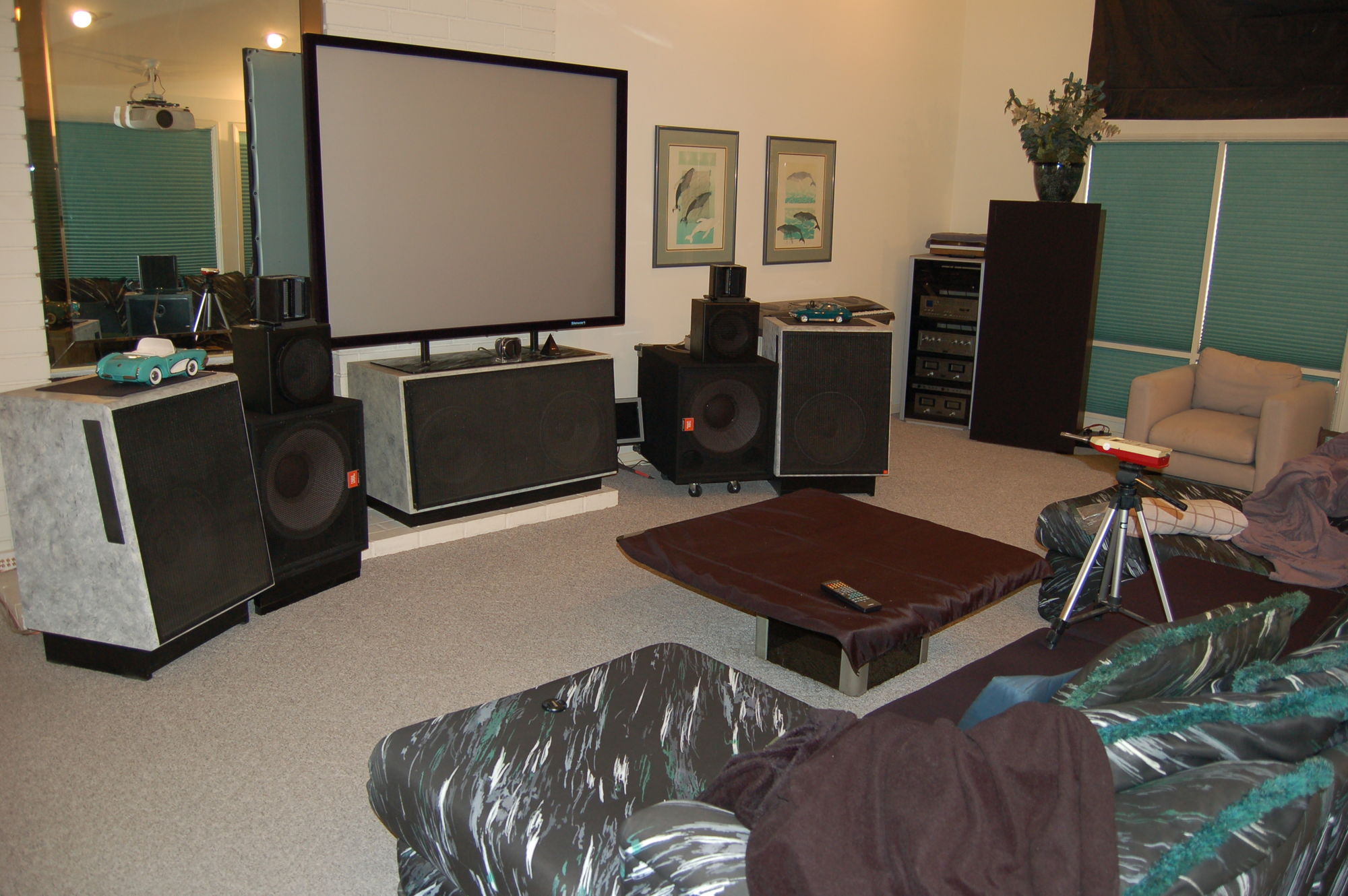@mgrif104
1) most (not all) music venues are mono - not stereo. This is because you want people everywhere to hear roughly the same sound. Given that pressure levels drop by 3 DB as you square the distance, people on the left side of the hall are not going to hear separate information on the right side of the hall. PA speakers are not designed with imaging in mind if this is important to you.
I am not sure why a well designed PA speaker with a decent off axis response and dispersion characteristics shouldn’t image just as good in a stereo setting. Image depth/perception of layering, etc gets killed largely by the likes of goofy PA amps like Crown, etc. But, hifi amps and dacs should address that.
2) because of the demands for high acoustic volume, most PA speakers (even relatively large ones) will have limited low frequency extension unless you adopt a line array structure (not practical for home use). You’ll also notice how big the subs typically are (often multiple cabinets the size of a VW Bug w/ twin 18” woofers). They’re pretty poor at low bass definition (these are not the most rigid woofers because of their size) but wow can they put out the volume. However, even those huge subs don’t go to 20 hz - typically only down to 30 hz.
IMO, it is good that they don’t have low bass extension. “Full range” is essentially a problem speaker catered to old school audiophiles who don’t wanna deal with subs. Loads of low bass output/extension in the inevitably “wrong location” for bass, ( i.e. the optimal location for a speaker’s imaging) leads to room chaos/ modal hell in a home setting…Not to mention the fact that cabinet costs have to soar exponentially now to contain some chaos when adding octaves on the low end. Subwoofers (modal treatment devices, not just for low end extension) in the right locations are the right tool to address bass extension and modal hell.
3) as others previously mentioned, crossovers built in are for power handling. Many better sounding PAs use outboard crossovers with separate amps.
This…I’m not entirely sure because I’ve never dissected crossovers in any higher quality passive PA speaker. But, I would think they play it conservative/safe with the crossover points to mitigate heat and mechanical distress for the drivers at high SPLs (lot more so than in home speakers). The quality of the crossover components themselves can play into how much detail can be perceived, etc. That may be the only compromise if corners get cut.
4) The cabinets are designed to take the abuse of the road. They’re felt covered plywood or vinyl covered plywood, or plastic. And, they ring like crazy. Because they’re driven to high volumes in larger spaces, nobody cares.
Well, it appears that the speaker the sample speaker I linked on the OP appears to be made of Finnish birch! all the way from Finland!! I’ll sand it down a bit and give it a nice rustic wood stain, make it look pretty. 😁
On the video link I posted above, Levinson is charging audiophiles a measly 100k (!) for what I’m essentially reading as a Pro audio speaker with a nicer looking cabinet and so on. My hope is there are some diamonds hiding in the humongous list of PA speakers out there that would shine at a much lower cost, if the audiophile ethos for front end electronics, room, etc are applied.




